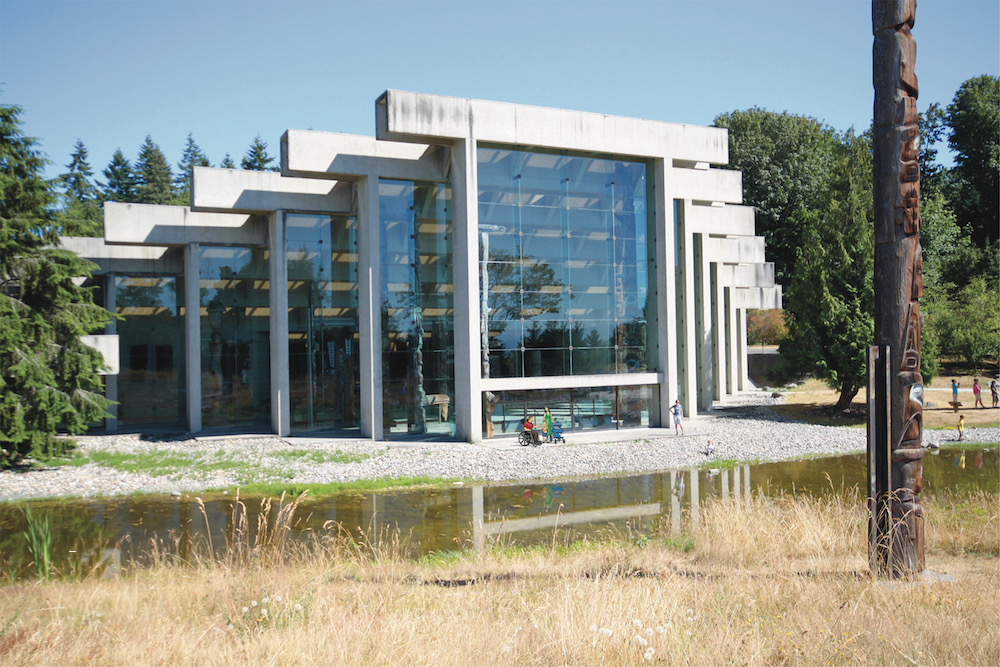Book Corner: The beauty of accessibility
Review by Sarah Manteuffel
In Accessible Architecture: Beyond the Ramp, author Ron Wickman takes readers into a thorough examination of how designers can make spaces accessible by analyzing and critiquing buildings, spaces, and places across Canada, including his own work. Inspired by his own lived experience, Wickman has practiced in accessible architecture for decades, starting when accessibility in design was not a common consideration, and continuing now, when it is more incorporated into building codes and standards.
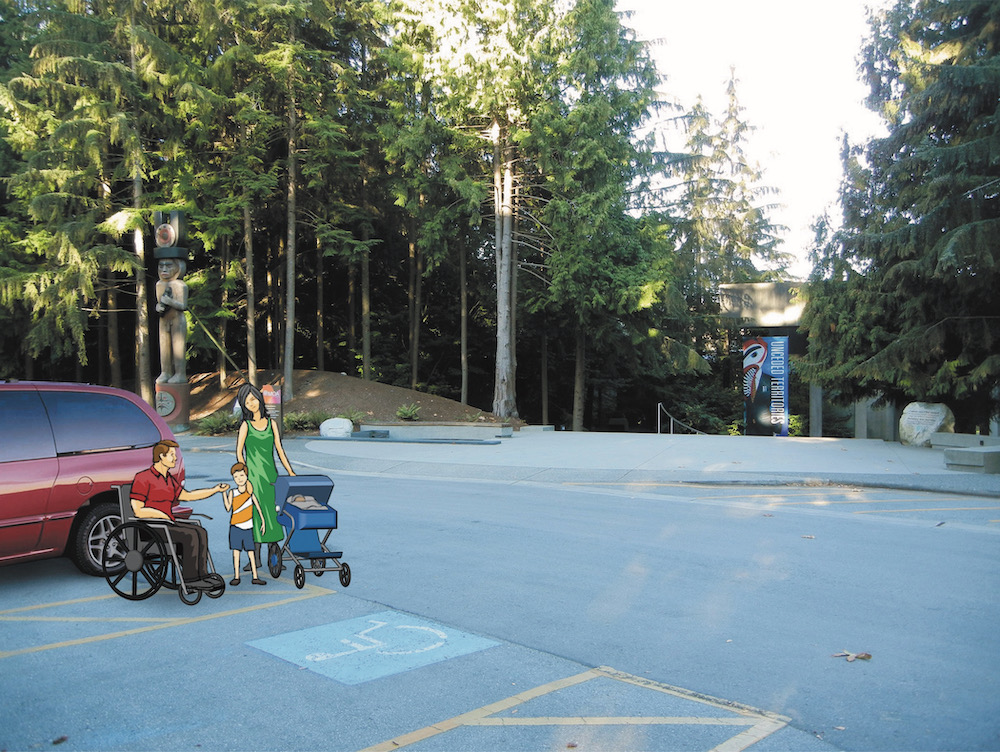
In 2017, Statistics Canada noted that 22 per cent of the Canadian population over the age of 15 identify as having one or more disabilities. This amounts to approximately 6.2 million residents, where 50 per cent of those identifying have physical disabilities. Often, wheelchair users are the focus of disability conversations, but this makes up only a small percentage of the physically disabled. Wickman’s work is greatly inspired by his father’s wheelchair use, however, what makes this book unique is his expansion on what accessibility truly looks like in the built environment by providing insights into how to design for other disabilities including visual, hearing, and cognitive disabilities.
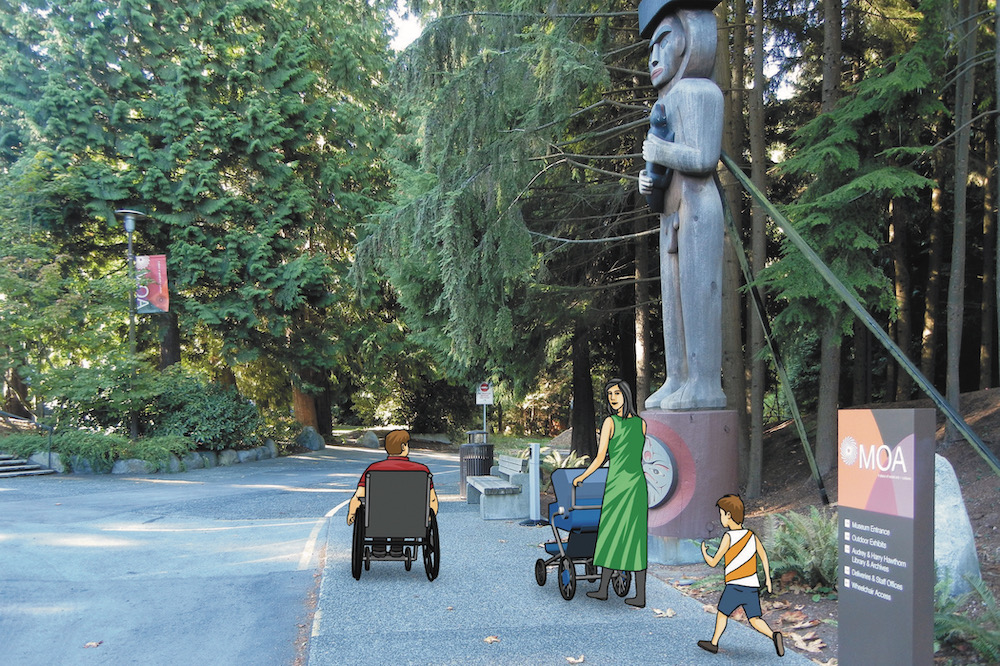
Landscape architects and designers can benefit from this work, as Ron outlines his “Nine Concepts of Accessible Architecture,” which can be applied to the design of any built environment:
- Accessible architecture accommodates as many people as possible.
- Accessible architecture is more than a code-compliance issue.
- Accessible architecture offers everyone choice.
- Accessible architecture should be invisible.
- Accessible architecture is sustainable, adaptable, and flexible.
- Accessible architecture is integral to the design process from inception.
- Accessible architecture reaps economic benefits.
- Accessible architecture is beautiful.
- Accessible architecture provides emotional benefits.
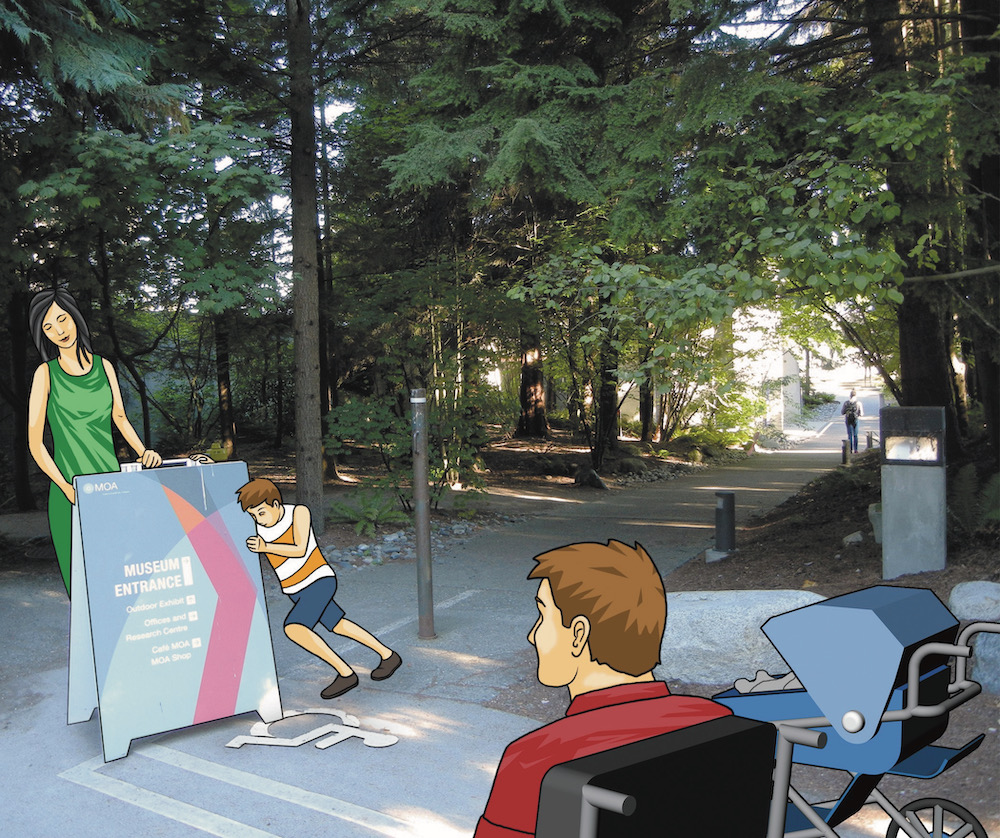

Through images, illustration, and plan drawings, the book travels through buildings and built environments to explore the pros and cons of its accessible designs. What stood out was his “journey” through the Museum of Anthropology at the University of British Columbia, a landscape designed by the late Cornelia Hahn Oberlander. While Wickman sings the praises of the integration of the slow and mindful ramp as an alternate entrance to the building, he concludes, “I wonder: are the stairs even needed?”
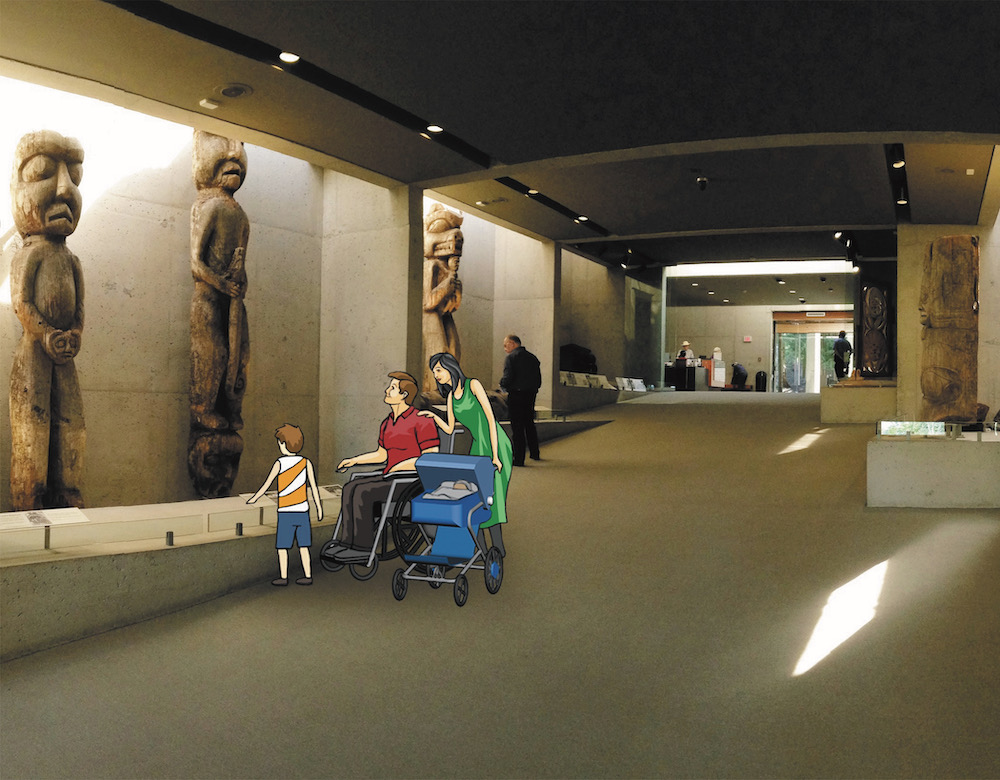
In following his proposed concepts, accessible design should be for everyone and not a segregated option. Choice in built environments is only valid if all have the opportunity to choose. By incorporating accessibility into landscape architecture and design, we create spaces of opportunity for all. No longer should we focus on what is required by code and legislation, but instead ask, what is right?
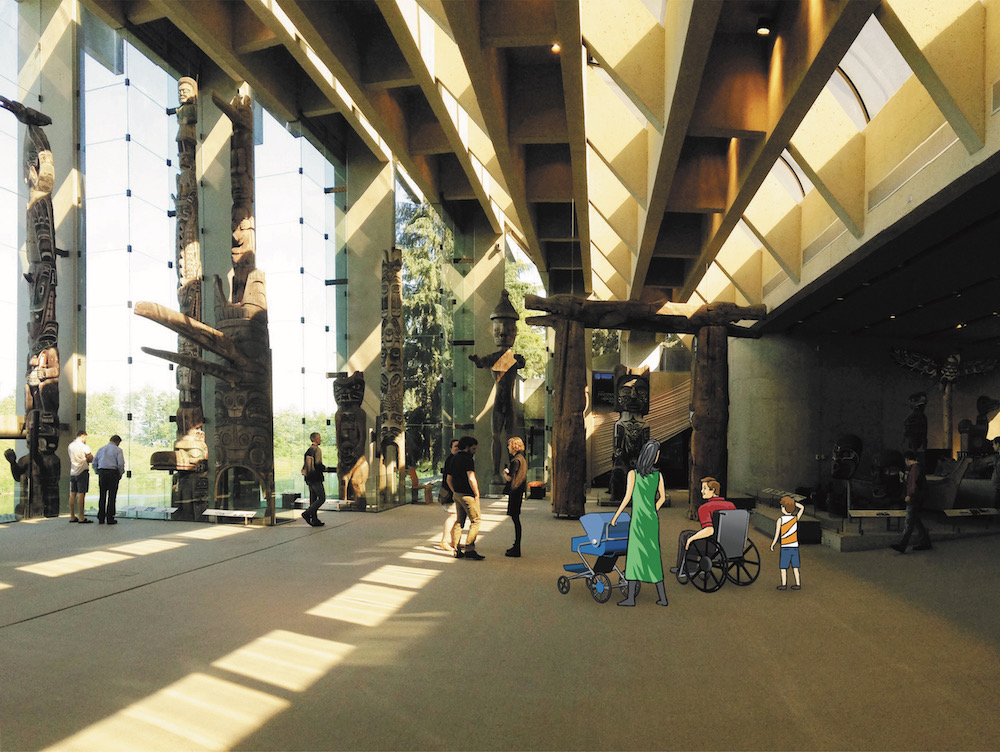
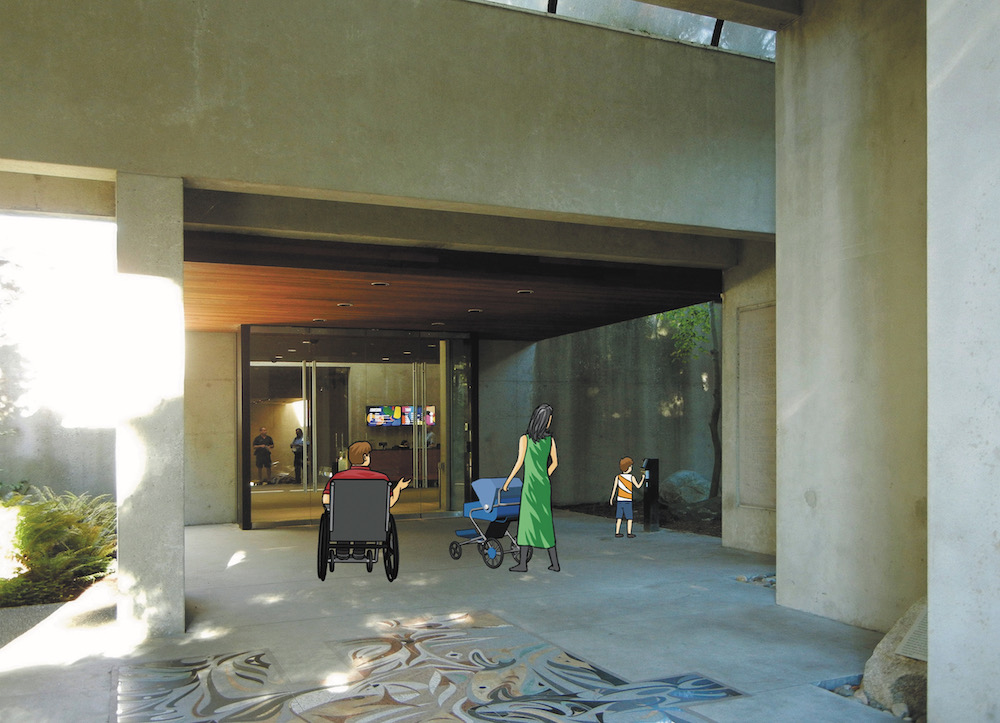
Book Title: Accessible Architecture: Beyond the Ramp
Author: Ron Wickman
Editor: Sarah Yates
Publisher: Gemma B. Publishing
BIO/ Sarah Manteuffel is a Ground editorial board member, and accessibility advocate, working on her Masters Degree in City Planning at the University of Manitoba. She was the Coordinator at the OALA for 4.5 years before leaving in July 2020 for her studies. As a person with dwarfism, as well as having an undergraduate degree in Interior Design, Sarah has always viewed the world from a unique perspective: focusing on how spaces physically and emotionally affect people beyond inclusive design. Her master’s degree Capstone is focusing on incorporating accessibility language into planning codes of professional conduct.
